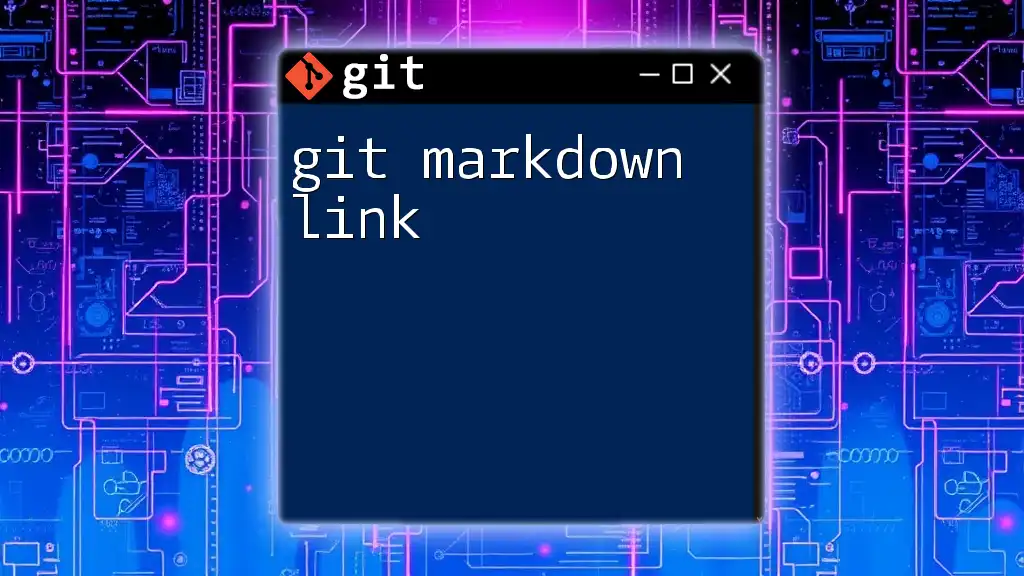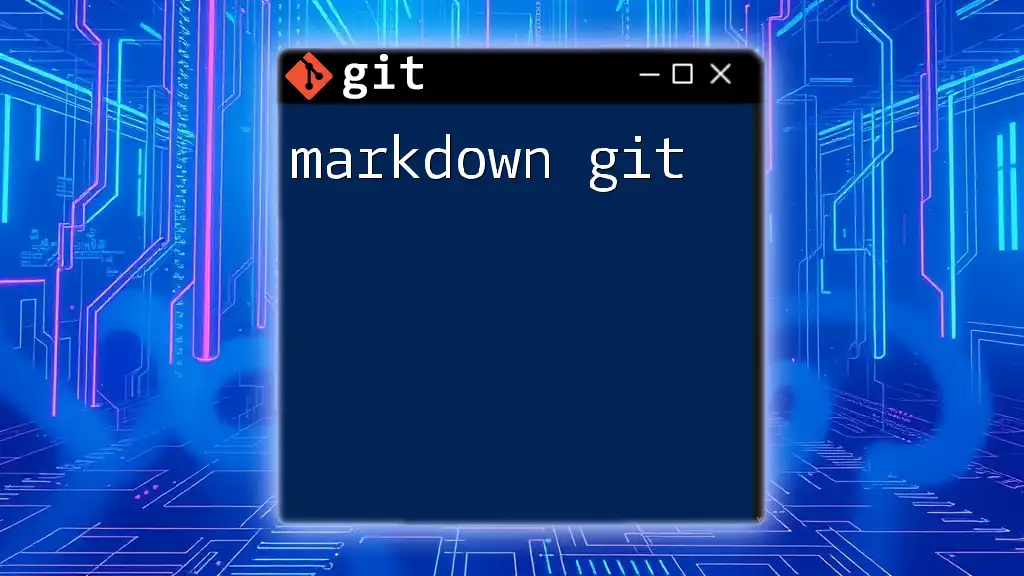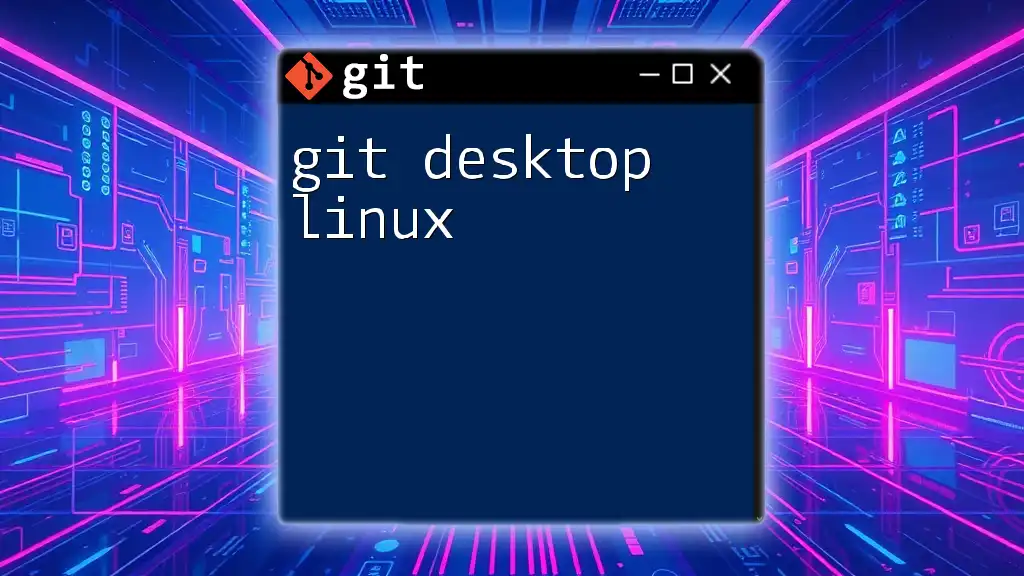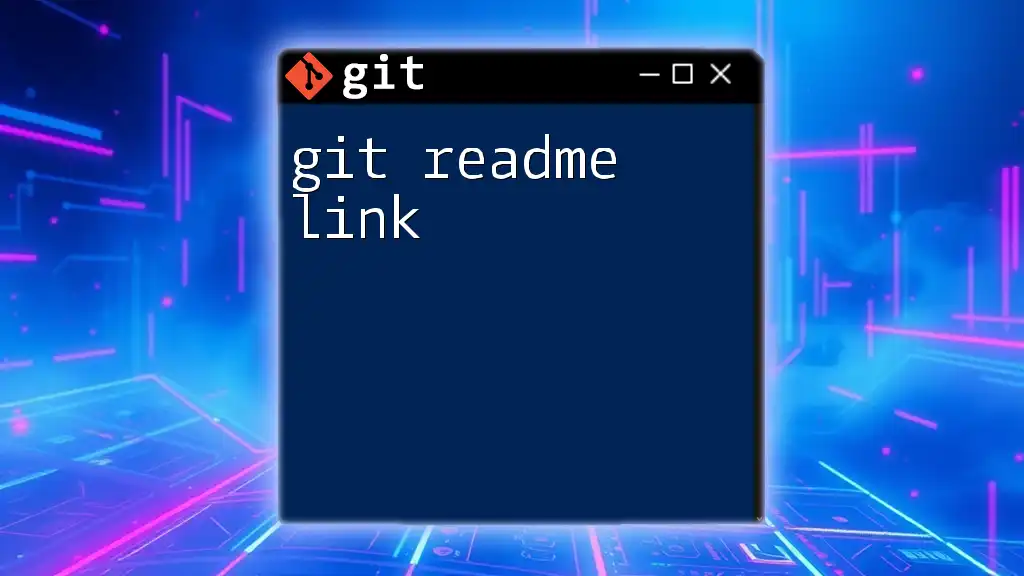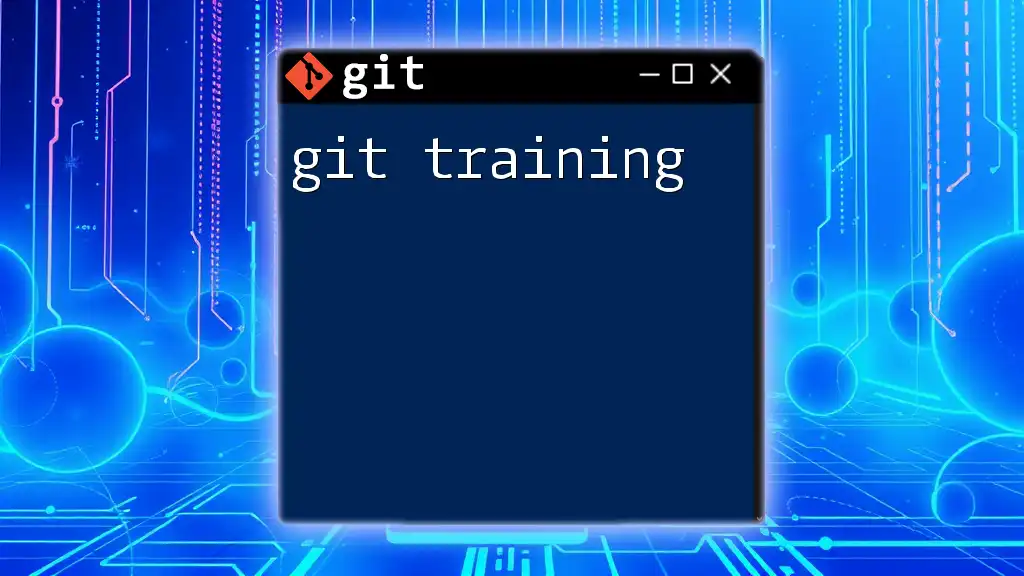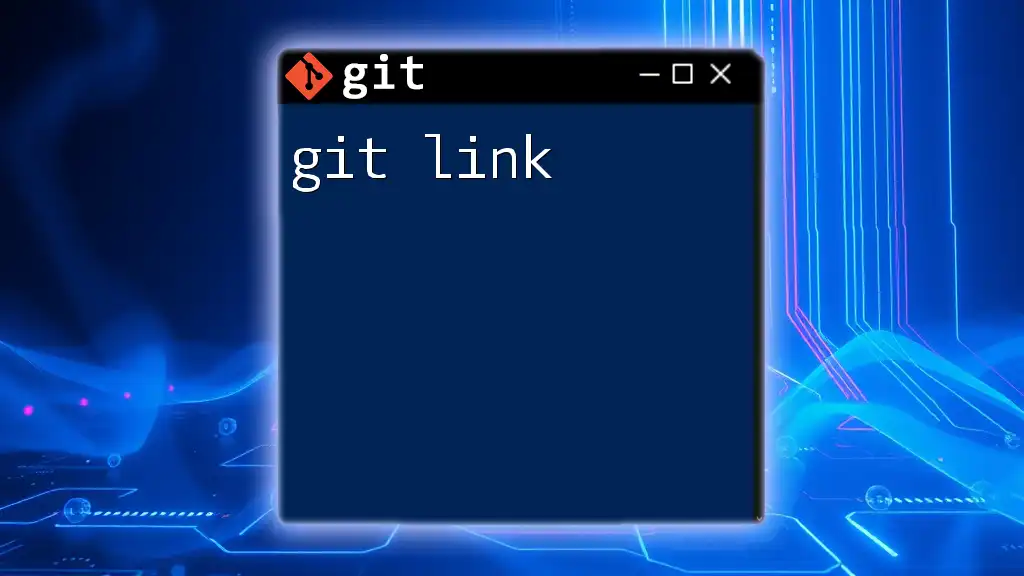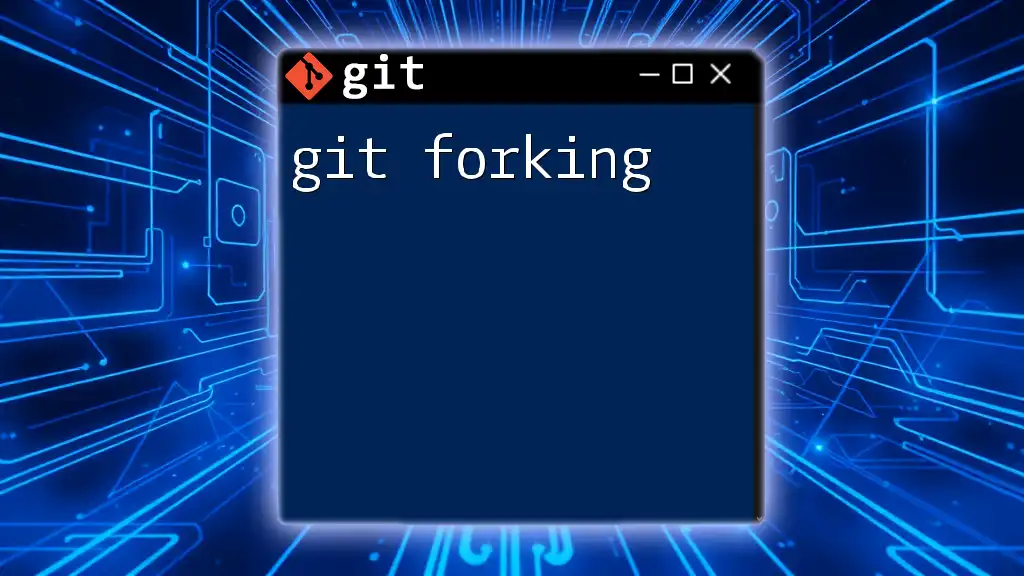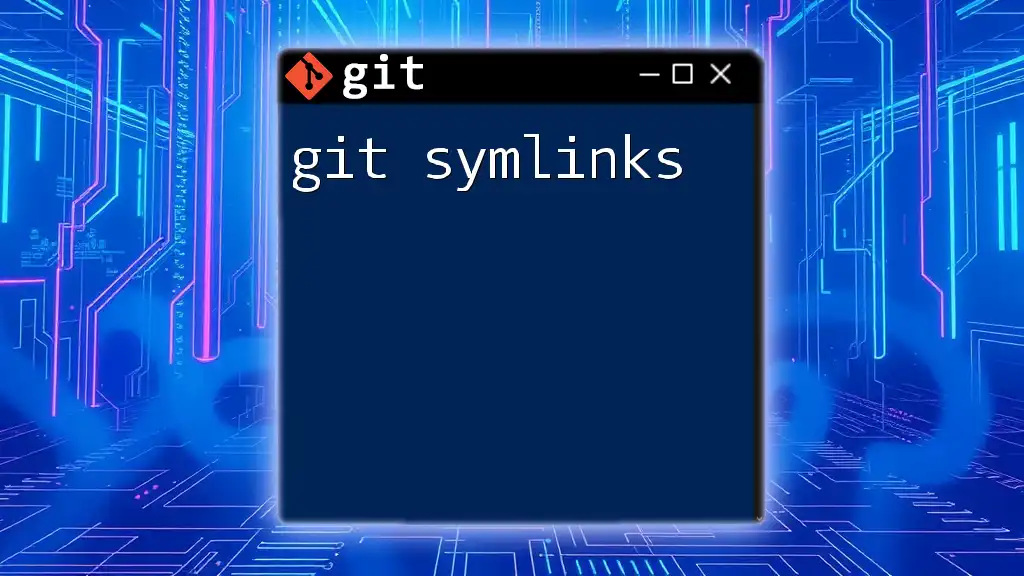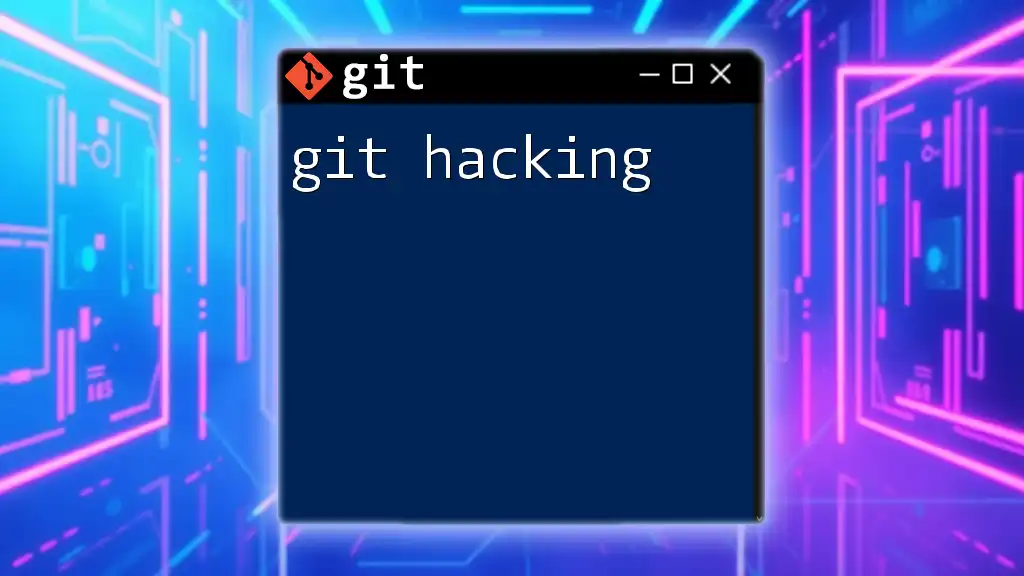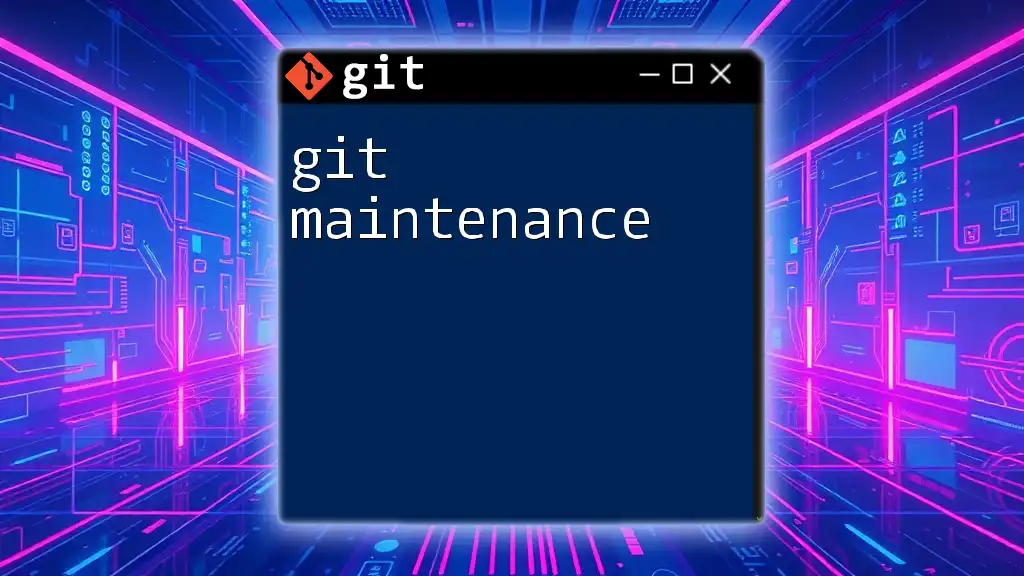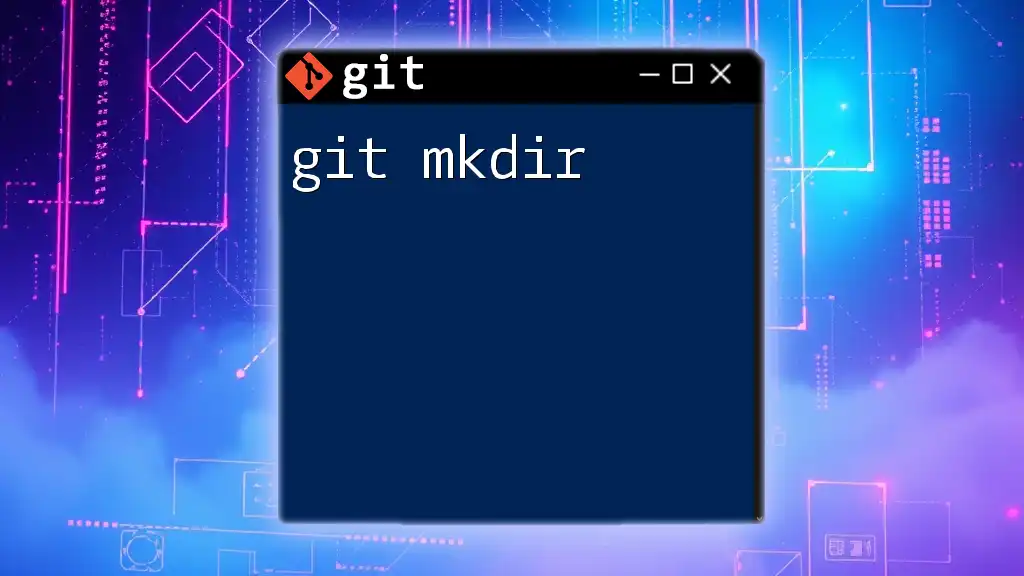In Git, you can create a link in your Markdown files by using the following syntax to reference a URL with associated text. Here's an example:
[GitHub](https://github.com) - A web-based platform for version control using Git.
Understanding Markdown
What is Markdown?
Markdown is a lightweight markup language that allows you to format plain text. Its designed for simplicity and readability, making it an ideal choice for writing documentation, readme files, and notes. By using easy-to-understand syntax, Markdown allows developers to create documents that can be easily converted into HTML and other formats.
Advantages of using Markdown:
- Readable Formatting: Markdown documents can be read in plain text form and still appear structured.
- Easy Conversion: It can be easily transformed into HTML for web publishing and other formats.
- Widely Supported: Many platforms, including Git repositories and coding forums, natively support Markdown, making it a universal choice for developers.
Markdown Syntax Cheat Sheet
Knowing the basic syntax of Markdown enhances your ability to document effectively. Here’s a quick overview of essential formatting elements:
- Headers: Use `#` for headers; the number of `#` symbols denotes the header level.
- Emphasis: Enclose text in single asterisks (*) or underscores (_) for italic text, and use double asterisks (**) or double underscores (__) for bold text.
- Lists: Create bulleted lists using asterisks, plus signs, or hyphens. For numbered lists, simply precede items with numbers.
- Blockquotes: Use `>` for quoting text.
- Code Blocks: Enclose code in backticks (`) for inline code or triple backticks for multi-line code.
The Markdown syntax for links is especially important for effective documentation, as it directly relates to the `git markdown link` concept.
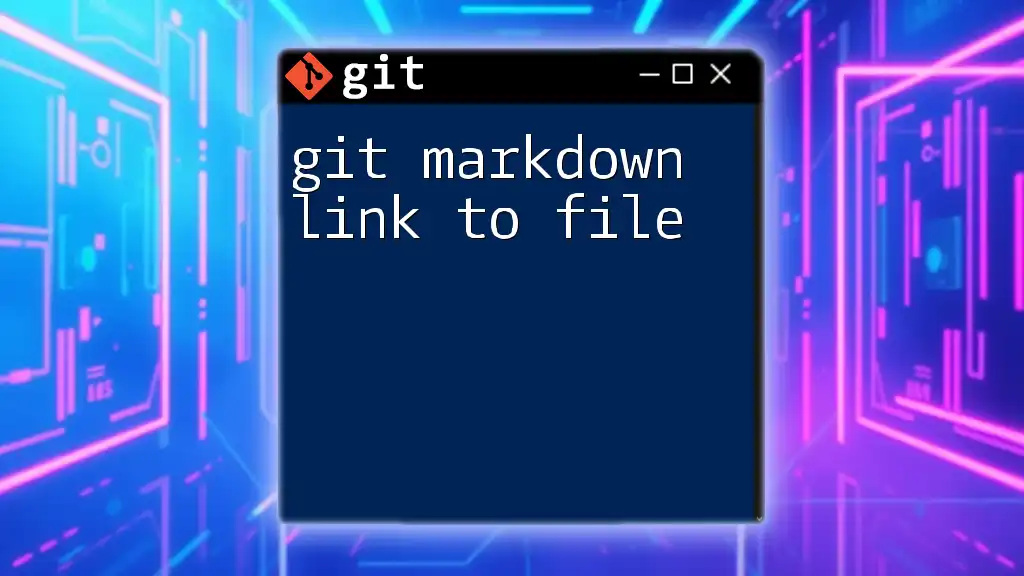
Creating Links in Git Markdown
Basic Link Syntax
Creating hyperlinks in Markdown is straightforward and is accomplished using the following syntax:
[Link Text](URL)
This is how you can link to a site. For example, here’s how to create a link to GitHub:
[GitHub](https://github.com)
In this example, “GitHub” appears as the clickable text, while the URL directs users to GitHub’s homepage. Using descriptive link text improves clarity, helping users anticipate where the link will take them.
Reference Links
Reference links simplify the process of managing links, especially if you use the same URL multiple times. Instead of repeating the full URL throughout your document, you define it once. The syntax for reference links looks like this:
[Link Text][reference]
[reference]: URL
Here's an illustration:
[GitHub][1]
[1]: https://github.com
This method enhances the readability of your Markdown file. When links need updating, you only need to change the URL associated with the reference rather than hunt down every usage of the link.
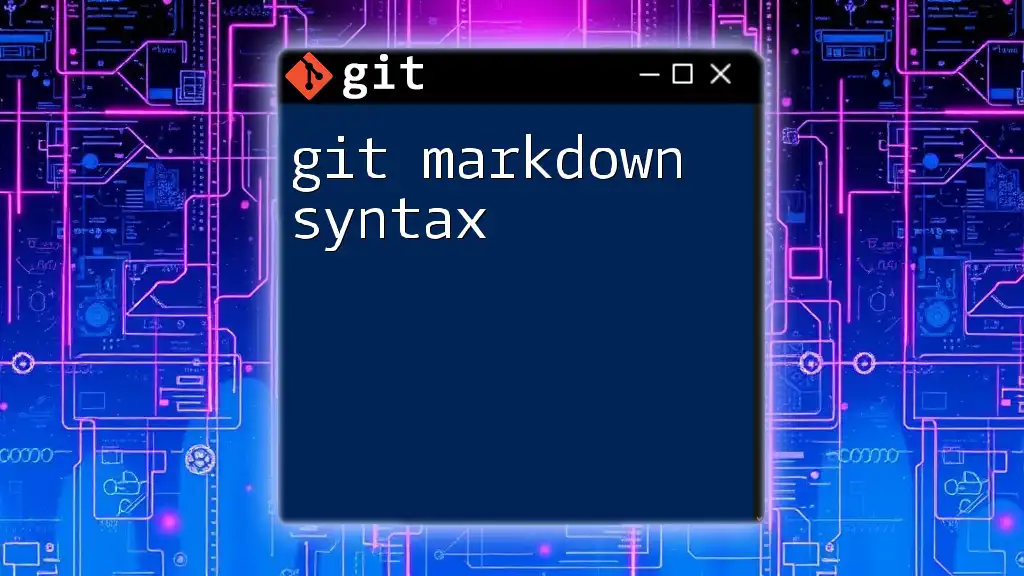
Practical Uses of Git Markdown Links
Linking to External Resources
Linking to external resources is important for providing additional context or supporting information. When you reference articles, documentation, or tutorials, you help your readers delve deeper into the subject matter. For best practices:
- Ensure the linked resources are relevant, credible, and up-to-date.
- Always check that the URLs lead to functional pages, as broken links can diminish trust and usability.
Example Usage:
For more about Markdown syntax, refer to [the official Markdown Guide](https://www.markdownguide.org).
Linking within a Repository
In most Git repositories, being able to link to other files or sections enhances document navigation. For instance, if you want to direct users to your contribution guidelines, you can implement an internal link like so:
[Contribution Guidelines](CONTRIBUTING.md)
This internal linking is crucial for readers navigating complex repositories or multi-file projects. It creates a cohesive experience, allowing users to move seamlessly through documentation.
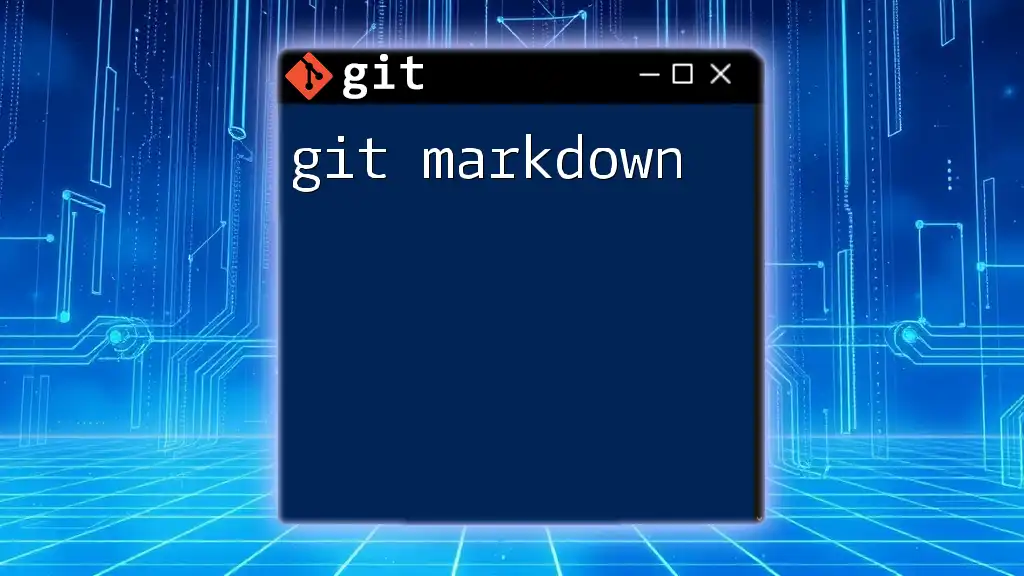
Advanced Linking Techniques
Anchors in Markdown
You can create anchors within documents to allow readers to jump directly to specific sections. This is especially useful for lengthy documents. The syntax for creating such links is:
[Section Title](#section-title)
For example:
[Table of Contents](#table-of-contents)
This method allows users to skip to the section they are interested in without scrolling through the entire document, significantly enhancing usability.
Linking to Specific Lines in Code Files
GitHub allows you to link directly to specific lines in a file, which can be revelatory for code reviews or documentation. For example, to direct someone to line 42 of a Python file, you would format your link like this:
[View Line 42 of `example.py`](https://github.com/username/repo/blob/main/example.py#L42)
This functionality increases the efficiency of collaboration in repositories, facilitating discussions about specific parts of the code.
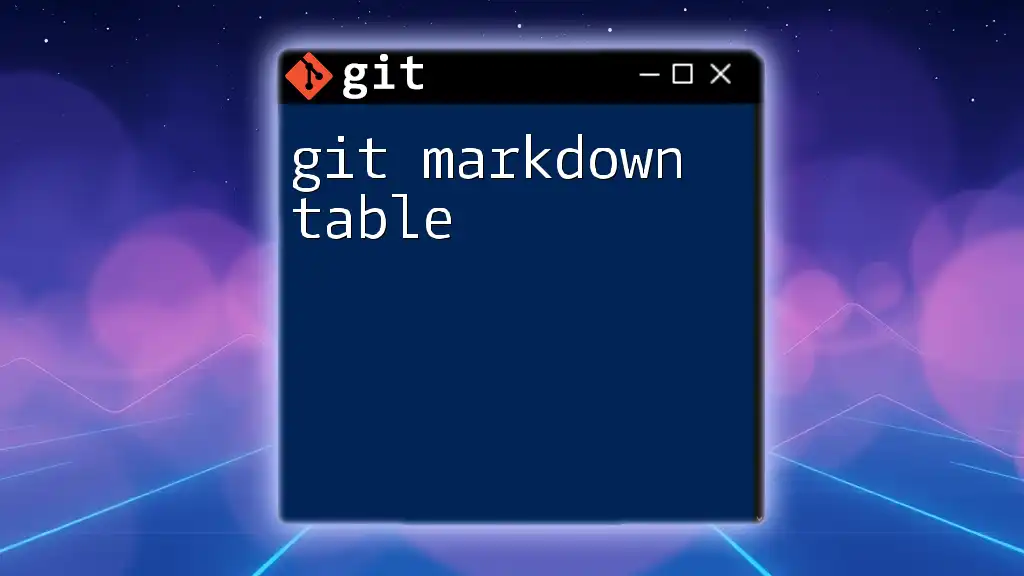
Tips for Optimizing Git Markdown Links
Creating Descriptive Link Text
Using descriptive and meaningful link text significantly enhances the user experience. Users should always have an idea of what to expect when they click on a link.
Good Link Text Example:
Learn more about Git commands in [this tutorial](https://example.com/tutorial).
Poor Link Text Example:
Click [here](https://example.com/tutorial) for details.
The first example is much clearer. It informs users about the tutorial's topic rather than using ambiguous phrases like "click here."
Checking and Updating Links Regularly
To maintain the credibility of your project documentation, it’s essential to regularly check that all links function correctly. Broken links can frustrate users and diminish the quality of your project's documentation.
Consider using tools and extensions that automatically validate links in your Markdown files, saving you time and ensuring an optimal user experience.
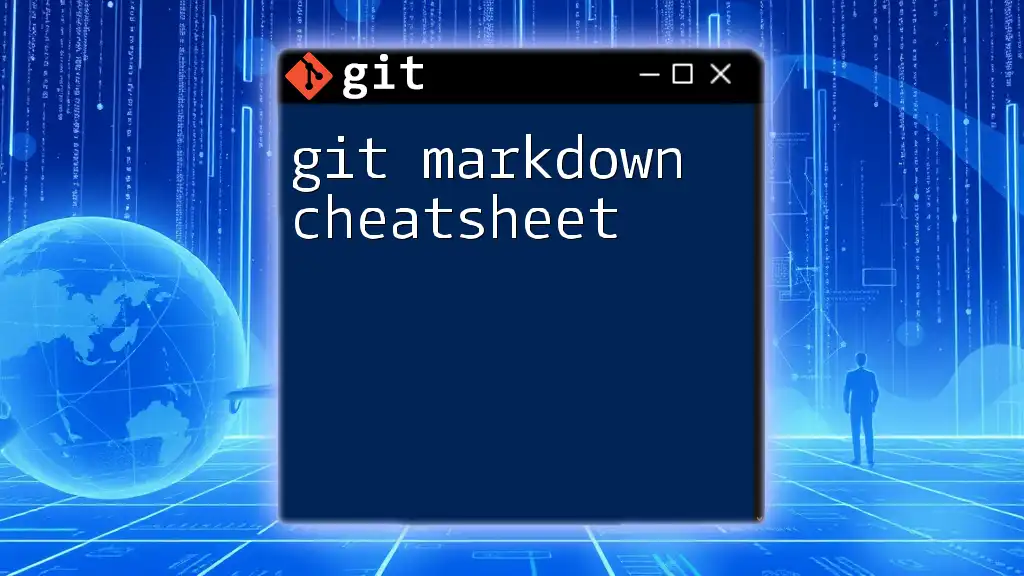
Conclusion
Using `git markdown links` effectively enhances documentation quality and navigability in your Git repositories. By mastering Markdown link syntax and best practices, you’re not only improving your personal projects but also contributing to a better collaborative environment for the community. Embrace Markdown for all your project documentation to communicate more clearly and effectively.
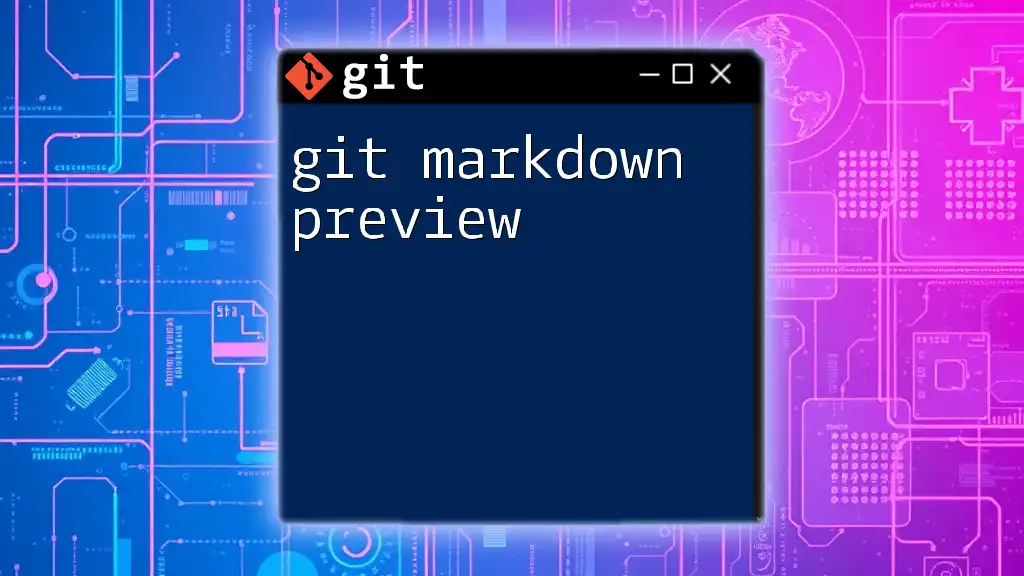
Additional Resources
To further your understanding of Git Markdown links, consider exploring the following resources:
- [Markdown Guide](https://www.markdownguide.org)
- [GitHub Markdown Documentation](https://docs.github.com/en/github/writing-on-github)

Frequently Asked Questions
What are the benefits of using links in Markdown?
Using links in your Markdown documentation improves user navigation, provides easy access to further resources, and supports SEO by distributing link equity effectively across your project.
Can I use Markdown in GitHub issues and comments?
Yes! GitHub supports Markdown in issues, pull requests, comments, and other areas. This support enables users to format their text dynamically, enhancing clarity in discussions.
Are there any limitations to using Markdown links?
While Markdown provides a great deal of flexibility, certain platforms might have limitations on the features supported. Always refer to the documentation for the specific platform you are using to ensure full compatibility.

